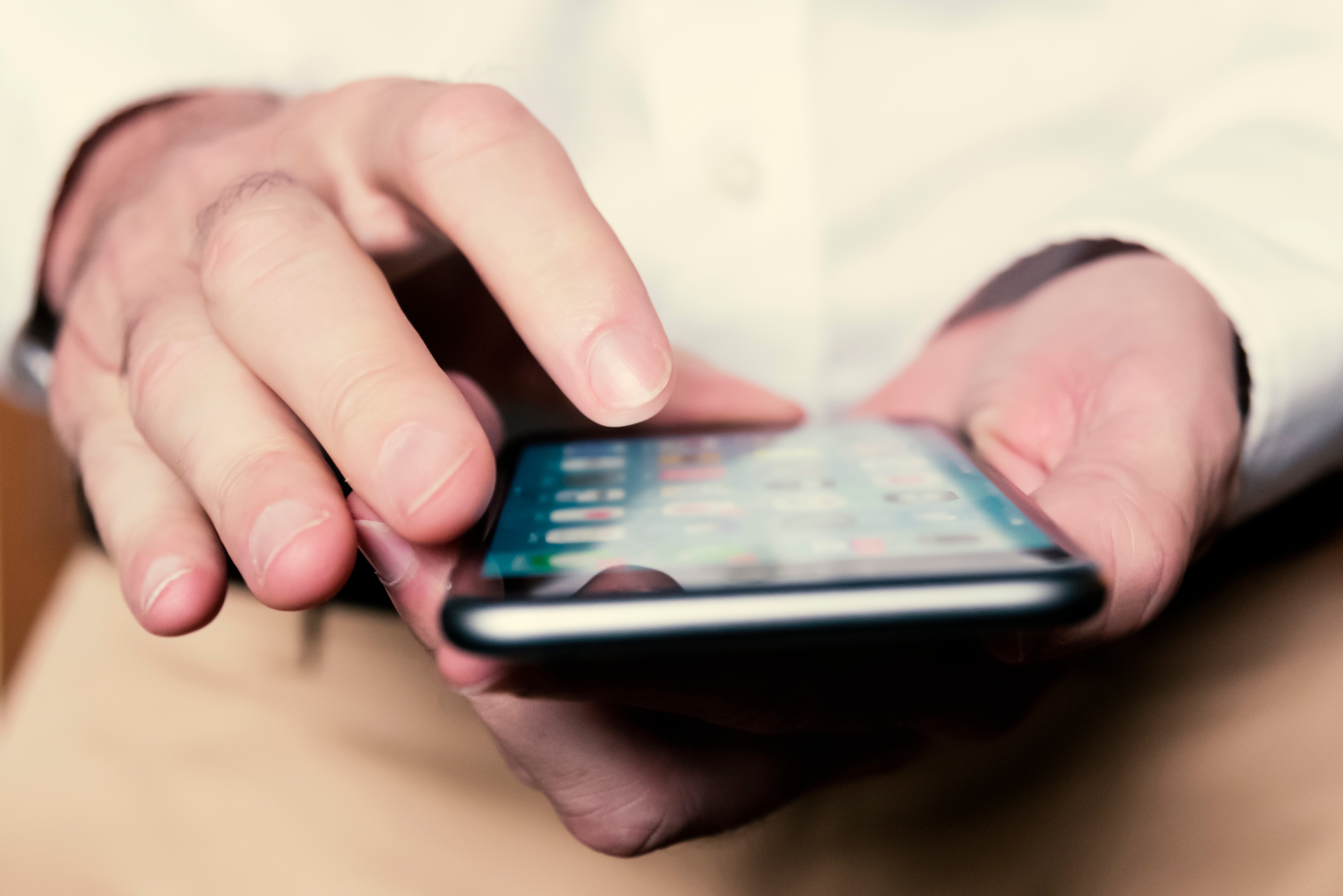Global Impact of International Sign Language (ISL)
One of the most common myths with sign language is that it is universal, but this is not true. Click here to learn about International sign language!

One of the most common myths with sign language is that it is universal, and understood from country to country. However, when you consider we do not have a universal spoken language, it makes sense that each country has its own sign language, sometimes even more than one. In the United States alone, we have Conceptually Accurate Signed English (CASE), Signing Exact English (SEE), American Sign Language (ASL), and also Pidgin Signed English (PSE) which combines rules from more than one source such as English and ASL.
The question comes up, how do Deaf traveling abroad communicate with other Deaf?
Enter ISL, or International Sign Language.
Brief Origins of International Sign Language (ISL)
It is typical for Deaf people to know only one sign language of their origin country. When Deaf people lack a common sign language, pidgin usage increases which is a combination of more than one language, plus gestures that arise on the spot. ISL was the outcome of international gatherings back in 1951 when the World Federation of the Deaf (WFD) was formed as an organization and is their official language.
It is not as robust as most sign languages, capping at slightly more than 1,400 signs total. It is mainly used in international settings such as Deaf Olympics, United Nations briefings, World Federation of the Deaf briefings, UN conferences, etc.
Importance of ISL in Fostering Global Communication

International signs first came to my attention after the introduction of Covid-19. Suddenly on different social media platforms, I was seeing PSAs from the World Federation of the Deaf about steps I could take to prevent the spread of disease. Instead of ASL, I was seeing these videos in ISL which made me curious enough to google.
Surprisingly, some signs are familiar to me and the same as ASL, such as HELP. Others were comprehensible, such as the ISL sign for PEOPLE with the index and thumb slightly spaced apart and moved around to show groupings.
Did you know that many Certified Deaf Interpreters (CDI) will use ISL to help bridge the gap when interpreting for Deaf people from other countries? ISL incorporates a lot of gestures and loan signs from different countries, to maximize understanding. ISL was also called Gestuno for this reason, incorporating gesture and oneness as a word, but it's a lesser used name.
Some signs are “iconic” meaning they visually represent what it’s trying to say, such as BOOK which is two hands opening and closing together, or TIME where you tap your wrist. A great many ISL signs are iconic. For fingerspelling, it is similar to the ASL alphabet (the letter “T” is different), although numbers include both hands like the British family of sign languages (UK, Australian, New Zealand, etc).
Experience ISL for Yourself
By now you’re probably curious what International Sign looks like and how much of it you would understand. Check this YouTube video of 100 International Signs from the World Federation of the Deaf (WFD) Youth Camp. I found the sign for AGE to be really interesting, did you?

If you are a sign language interpreter who often works with immigrant clients, or a globe trotting Deaf traveler who enjoys meeting Deaf communities around the world, it may be worth adding ISL to your toolbelt. Not many d/Deaf know ISL, but you can learn from an interpreter training course online such as this one which has an RID (Registry of Interpreters for the Deaf) endorsement.
The Future of ISL for Deaf Communities
What is the goal of International Sign going forward? Contrary to what may be assumed, the goal is respect and preservation of all sign languages around the world – and not universalization of one sign language. To push for one universal language would deny the human right of complete communication access for many Deaf people.
In the words of the WFD board:
“Every sign language in the world, like any spoken language has its own heritage, history, culture and traditions…” (Source Link)
It is my take that ISL is the result of the resilient spirit of Deaf around the world who are determined to communicate no matter what barriers they encounter. They know full well the struggles as a Deaf person in any country, and ISL is a step outside of that comfort zone to build bridges.














